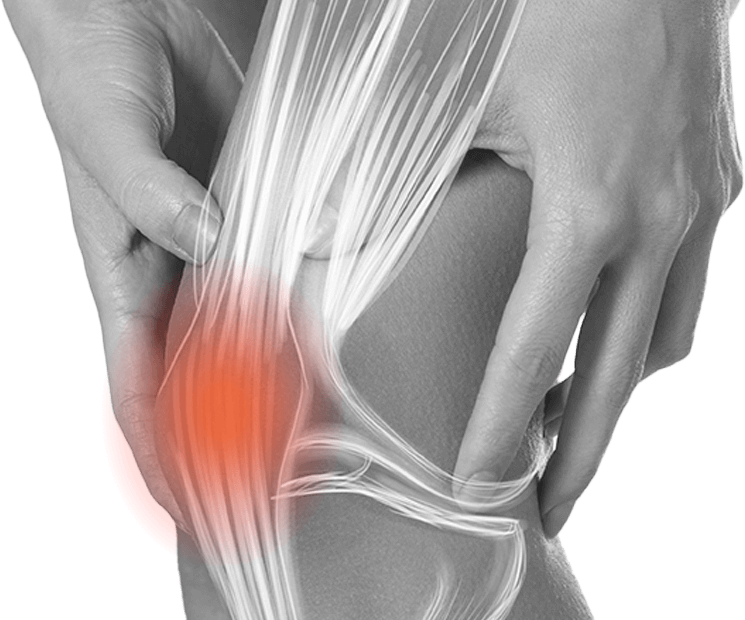Preserve Muscle and Tendon Structures
If you’ve been researching knee replacement options and have come across “Jiffy Knee™,” you’re likely wondering what the heck is that and what sets it apart from a standard knee replacement procedure. Despite the corny name, Jiffy Knee™ isn’t a completely novel surgery or special implant—it’s a well-established subvastus approach (also called a quad-sparing approach) that aims to preserve muscle and tendon structures.
What Is the Jiffy Knee™ Approach?
Jiffy Knee™ is a trademarked name for a subvastus (quad-sparing) knee replacement technique. In a typical knee replacement, surgeons often make an incision directly through (or near) the quadriceps tendon to access the joint. With the subvastus approach:

How Is Jiffy Knee™ Surgery Done?
Despite the “Jiffy” branding, the surgical steps are similar to a conventional knee replacement, with one major twist in the incision approach:
Step 1
Incision & Exposure
An oblique or slightly angled incision is used. The quadriceps tendon itself is not cut. Instead, surgeons carefully lift or retract the muscle.
Step 2
Bone Preparation & Implant Placement
Damaged cartilage and bone surfaces are reshaped or removed. Standard prosthetic components (often made of metal and polyethylene) are placed, just as they would be in any total knee replacement.
Step 3
Closure & Recovery
The capsule and skin incision are sutured. Because the quads remain intact, patients may notice less tension on the incision when they bend their knee post-surgery.
Request an Appointment
Is Jiffy Knee Replacement Robotic?
It can be robotic- or computer-assisted, but it doesn’t have to be. Robotic guidance is an optional add-on some surgeons use to improve precision. The key feature of Jiffy Knee™ remains its quad-sparing route, not the use of robotics.
Is Jiffy Knee™ Better Than Regular Knee Replacement?
“Better” depends on each patient’s anatomy, goals, and overall health. For many, Jiffy Knee™ offers a quicker functional recovery in the early weeks—but it’s not a miracle cure or a completely new surgical concept.
Subvastus vs. Traditional Approaches
Here’s what to Consider
How Long Does It Take to Recover from a Jiffy Knee Replacement?
While you may be driving or returning to light work sooner (often within 2–4 weeks or less), every patient is different, and overall health, weight, and commitment to rehab matter.
Days
1-7
Immediate Post-Op
Jiffy Knee™ patients can stand or walk assisted on the day of surgery. Most report walking short distances (400+ feet) or climbing a few stairs within an hour or so after surgery.
Weeks
26
Short-Term Rehab
Physical therapy focuses on regaining full range of motion and rebuilding muscle strength.
Because the quads aren’t cut, many patients see faster progress in leg lifts, knee bending, and walking exercises.
6 Weeks –
6+ Months
Longer-Term Recovery
Even though early milestones arrive sooner, full tissue healing takes months.
You’ll continue with strength work, low-impact activities, and follow-ups with your surgeon.
Who Is (and Isn’t) a Good Candidate for Minimally Invasive Knee Replacement?
Always discuss with your surgeon whether you meet the criteria for a quad-sparing incision or if another approach is more suitable.
Ideal Candidates
Not Good Candidates
Does Medicare or other Insurance Pay for Jiffy Knee™?
Most insurers, including Medicare, cover medically necessary total knee replacements—and Jiffy Knee™ is simply a variation of that procedure. Coverage typically includes:
Comparing Partial vs. Total Knee Replacement
These are two distinct procedures. Your eligibility depends on how widespread your arthritis or cartilage damage is.

Partial Knee
Replacement
Only one compartment of the knee is resurfaced (e.g., medial, lateral, or patellofemoral). If your arthritis is confined to a single area, a partial knee might be an option—and it can be done via a subvastus approach.

Total Knee
Replacement
All 3 compartments of the knee are resurfaced. Jiffy Knee™ simply changes the incision route while preserving the quadriceps tendon.
Real-World Results &
Patient Experiences
Many patients who undergo a subvastus/quad-sparing
knee replacement note:
Reduced Early Pain
Minimizing muscle/tendon trauma can lead to fewer narcotic pain medications.
Frequently Asked
Questions (FAQ)
Interested in learning if the Jiffy Knee™ subvastus approach could be right for you?
Schedule an Appointment
A full medical evaluation—including imaging and a discussion of your symptoms—will determine if you’re a good candidate.
Review Your Options
If you’re unsure about going “Jiffy,” your surgeon can compare partial vs. total knee replacement and traditional vs. subvastus incisions.
Plan Your Rehab & Recovery
Get a head start by strengthening muscles pre-surgery and setting realistic post-op goals with your care team.


